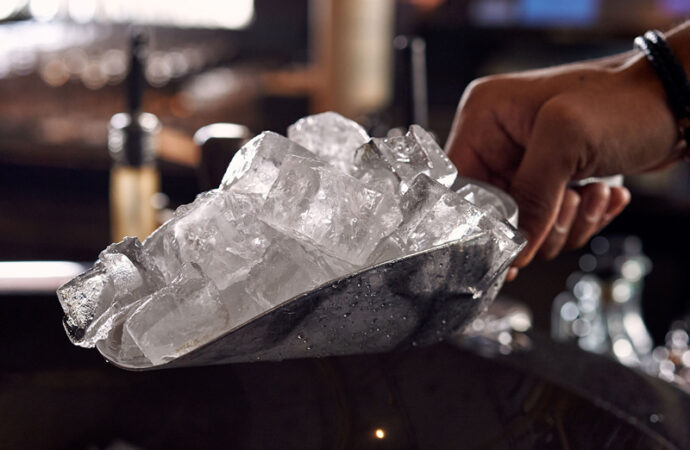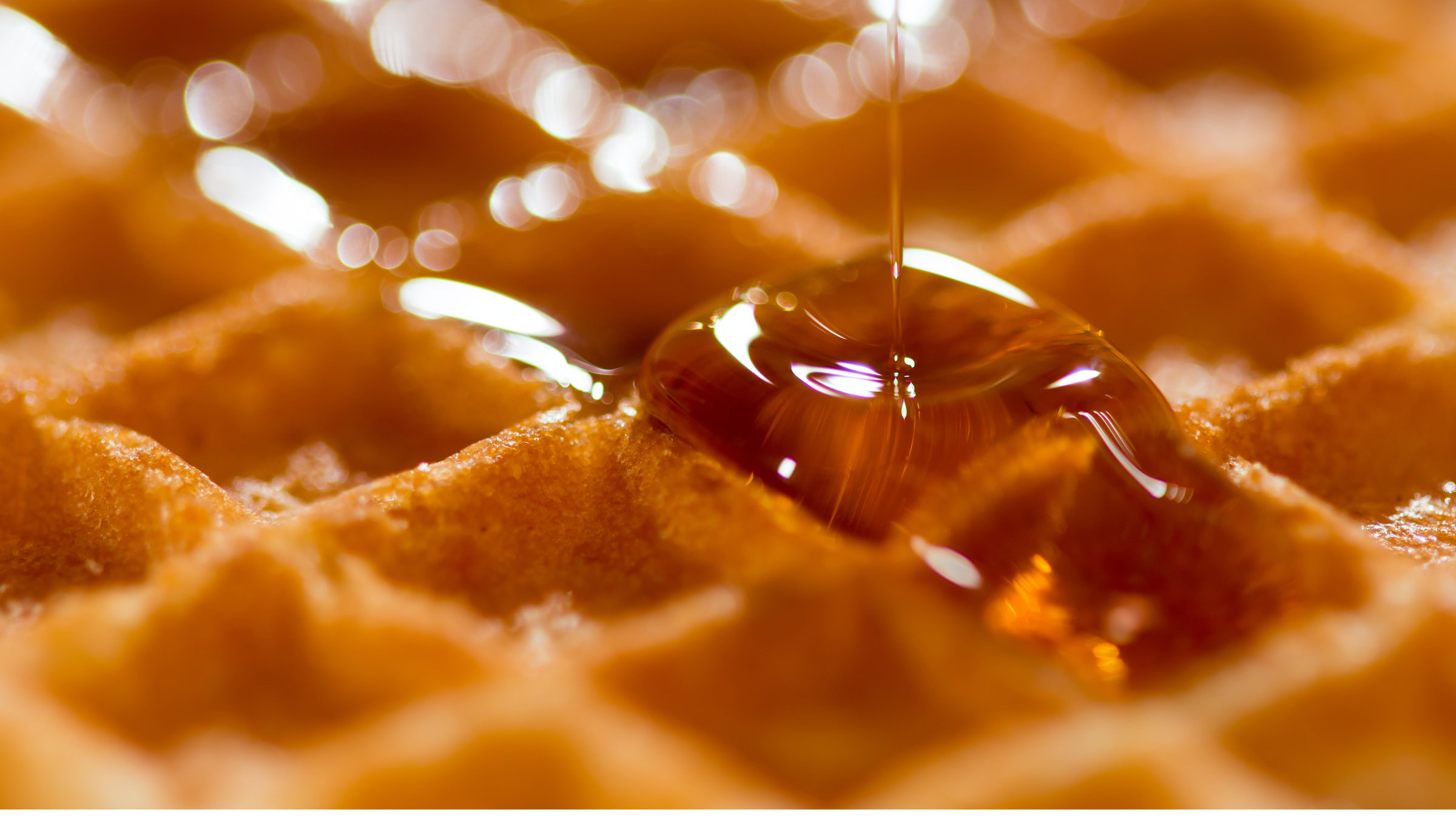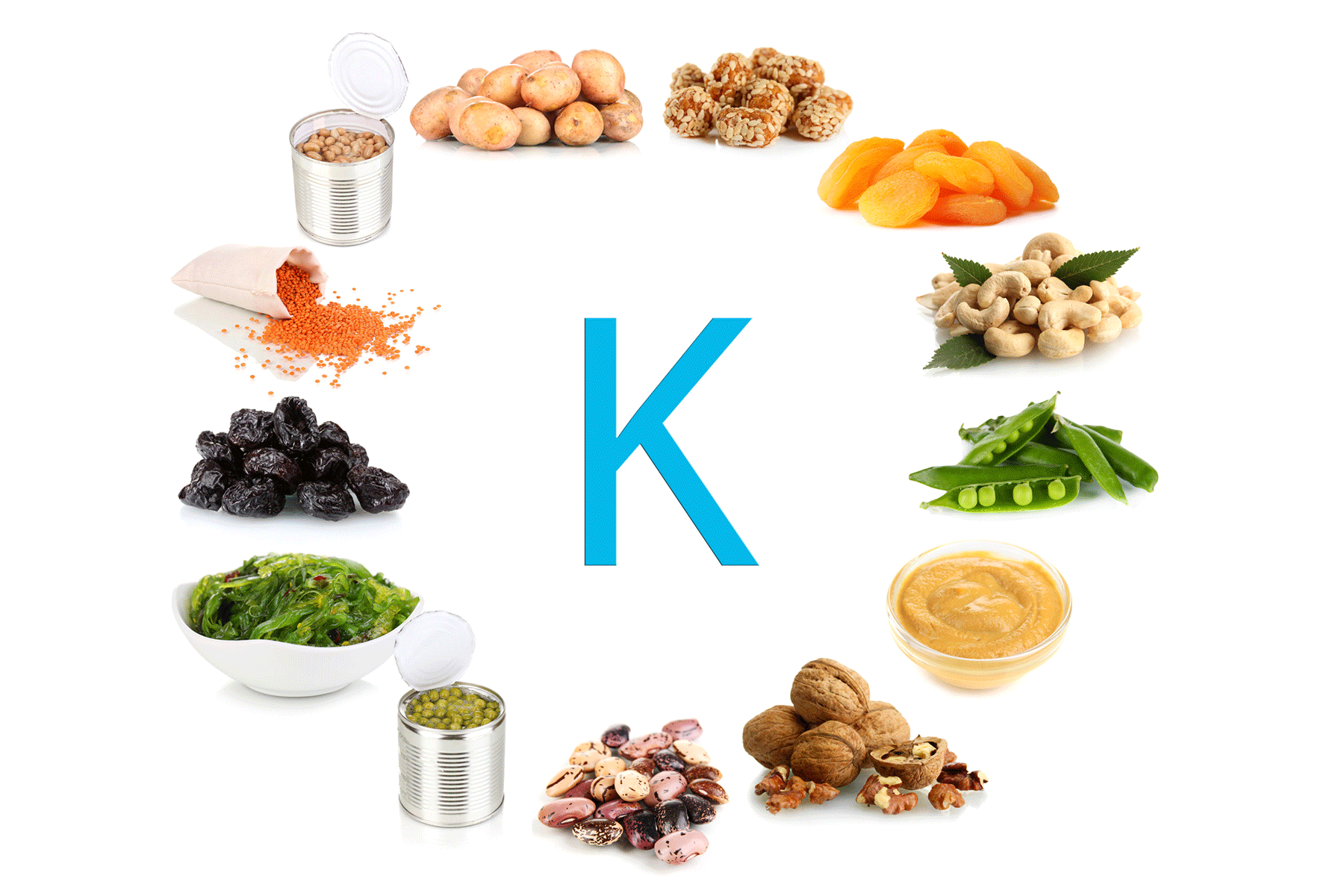Ice Matters: Handle It Right
In the food and hospitality industries, food safety must always remain a top priority. While many food handlers focus on the risks associated with undercooked meats or spoiled dairy products, they often overlook a common source of foodborne illness: ice. Ice can harbour harmful pathogens just like any food item, making it crucial to treat it with the same level of care and attention. This article explores the risks of ice contamination, outlines best practices for safe handling, and emphasizes the importance of creating a food-safe environment.
The Risks of Ice Contamination
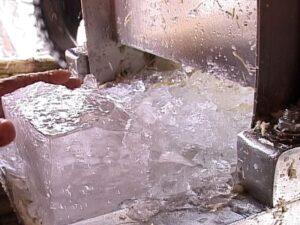
Ice is often viewed as a harmless food item, but it can become contaminated through various means. Understanding how contamination occurs is vital for anyone who handles food. Ice can suffer from:
- Biological Contamination: This occurs when food handlers touch ice with bare hands or if someone with a contagious illness handles it.
- Cross-Contamination: Improper storage practices, such as storing ice in unclean machines or using contaminated containers, can lead to cross-contamination. For example, if ice is stored in a container that previously held raw food, harmful bacteria may transfer to the ice.
- Physical Contamination: Ice can become tainted when foreign objects, like glass shards from broken containers, fall into the ice storage.
- Chemical Contamination: Cleaning chemicals used to sanitize ice machines can contaminate the ice if not thoroughly rinsed.
These risks highlight the importance of treating ice as a food item and implementing strict handling guidelines.
Essential Guidelines for Safe Ice Handling
To ensure that ice remains safe for consumption, food handlers must adhere to specific guidelines:
- Wash Hands Thoroughly
Before working with ice, food handlers should wash their hands using the correct hand-washing method. This involves using soap and warm water and scrubbing for at least 20 seconds. Proper hand hygiene is the first line of defence against contamination.
- Use Proper Utensils
Always use designated utensils, such as ice scoops or tongs, when handling ice. Never touch ice with bare hands. Not only does this practice prevent contamination, but it also minimizes the risk of transferring pathogens from hands to ice.
- Sanitize Utensils Regularly
Ensure that all utensils used for serving ice are cleaned and sanitized before each use. Regularly check the cleanliness of these tools and replace them if necessary. When finished, store utensils in areas free from contamination risks.
- Store Ice Properly
When storing ice, use specific containers that have been cleaned and sanitized before use. Label these containers clearly to prevent any mix-up. When not in use, store containers upside down to minimize the risk of contamination from airborne particles or contact with dirty surfaces.
- Maintain Ice Machines
Regular maintenance of ice machines is crucial for food safety. Ensure that all machines are clean, functional, and properly locked to prevent tampering. Perform routine inspections to identify any potential issues, and address them promptly.
- Prevent Cross-Contamination
Keep items that could contaminate ice, such as garbage bins, dirty dishes, or recycling containers, away from ice machines and storage areas. This practice helps maintain a sanitary environment and reduces the risk of cross-contamination.
- Monitor Employee Health
Food handlers should not work with ice if they are experiencing gastrointestinal symptoms, such as diarrhoea, vomiting, or fever. Monitoring staff health helps ensure that illness does not spread to customers through contaminated ice.
The Don’ts of Ice Handling
To reinforce best practices, here are specific dos and don’ts for handling ice safely:
The Don’ts:
- Don’t Handle Ice with Your Hands: Always use utensils like scoops or tongs to prevent introducing harmful bacteria.
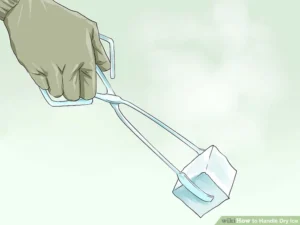
- Don’t Return Unused Ice to the Ice Maker or Bin: Once served, ice should not go back into storage to avoid contamination.
- Don’t Store the Ice Scoop Inside the Storage Bin: This practice can lead to cross-contamination. Keep scoops in a clean, designated area.
- Don’t Neglect Cleaning and Maintenance: Regularly clean ice machines and storage containers. Schedule and log daily, weekly, and monthly cleaning tasks.
- Don’t Use Dirty Utensils: Always ensure scoops and tongs are clean and sanitized before use.
- Don’t Store Items Near Ice Machines: Keep garbage bins and dirty dishes away to minimize contamination risks.
- Don’t Ignore Employee Health: Staff with gastrointestinal symptoms should refrain from handling ice to prevent the spreading of illness.
- Don’t Overlook Training: Regularly train staff on ice safety protocols to reinforce the importance of proper handling.
- Don’t Skip Inspections: Routinely check ice machines and storage areas for cleanliness and function to prevent contamination.
- Don’t Assume Ice is Safe: Treat ice as a food item and apply strict handling guidelines to ensure safety.
Conclusion
While it may seem easy to dismiss ice as a food safety concern, it deserves the same level of attention and care as any food item. By following these guidelines and emphasizing the importance of safe ice handling, food handlers can significantly reduce the risk of contamination and protect their customers from foodborne illnesses.
Prioritizing ice safety contributes to a clean, hygienic environment that fosters customer trust and satisfaction.
 Food Manifest
Food Manifest 